Due to the complexity of industrial electrical systems, specialized expertise and knowledge are essential for their design and execution.
Competitive results require understanding the latest technological solutions along with relevant safety regulations and specific requirements of industrial processes. During implementation, alongside the aforementioned factors, the goal is simplicity, transparency, and the application of the most cost-effective solutions.
Working with the best professionals, we learn from each project and utilize this knowledge in the following areas:
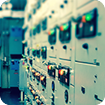
Substations:
Industrial facilities often have substations that receive high-voltage energy from the grid and transform it to the required voltage levels for internal use.
Distribution boards:
Electricity is distributed through panels that control power to different parts of the facility.

PLCs (Programmable Logic Controllers):
Specialized computers that control and automate electromechanical processes, playing a crucial role in industrial automation.
SCADA (Supervisory Control and Data Acquisition System):
Real-time systems that monitor, collect, and process data, crucial for controlling and managing industrial processes.
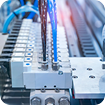
Motor starters:
Devices that control the starting and stopping of electric motors.
Variable Frequency Drives (VFDs):
Regulate the speed and torque of electric motors, enhancing efficiency and reducing energy consumption.
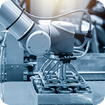
Sensors:
Various sensors are used in industrial systems to measure temperature, pressure, flow, and levels.
Transducers:
Devices that convert impulses from sensors into electrical signals for further processing.

Uninterruptible Power Supply (UPS):
Ensures continuous power supply to critical equipment during outages.
Emergency Shutdown Systems:
Devices designed for quick and safe shutdown of industrial processes during emergencies.

Industrial lighting:
Specialized lighting systems designed for industrial environments.

Grounding and Switching:
Protection systems and alternative circuits for safe operation.
Arc Flash Protection:
Measures and devices to protect against arc flashes in potentially hazardous environments.

Power consumption monitoring systems:
Monitor energy consumption, aiding companies in optimizing energy use and reducing costs.
Energy-saving technologies:
Implement technologies that enhance overall energy efficiency.
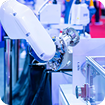
National Electrical Standards:
Compliance with electrical standards and codes is crucial for safety and regulation.
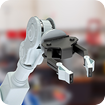
Predictive Maintenance:
Using technology to predict when equipment maintenance is needed, reducing downtime.